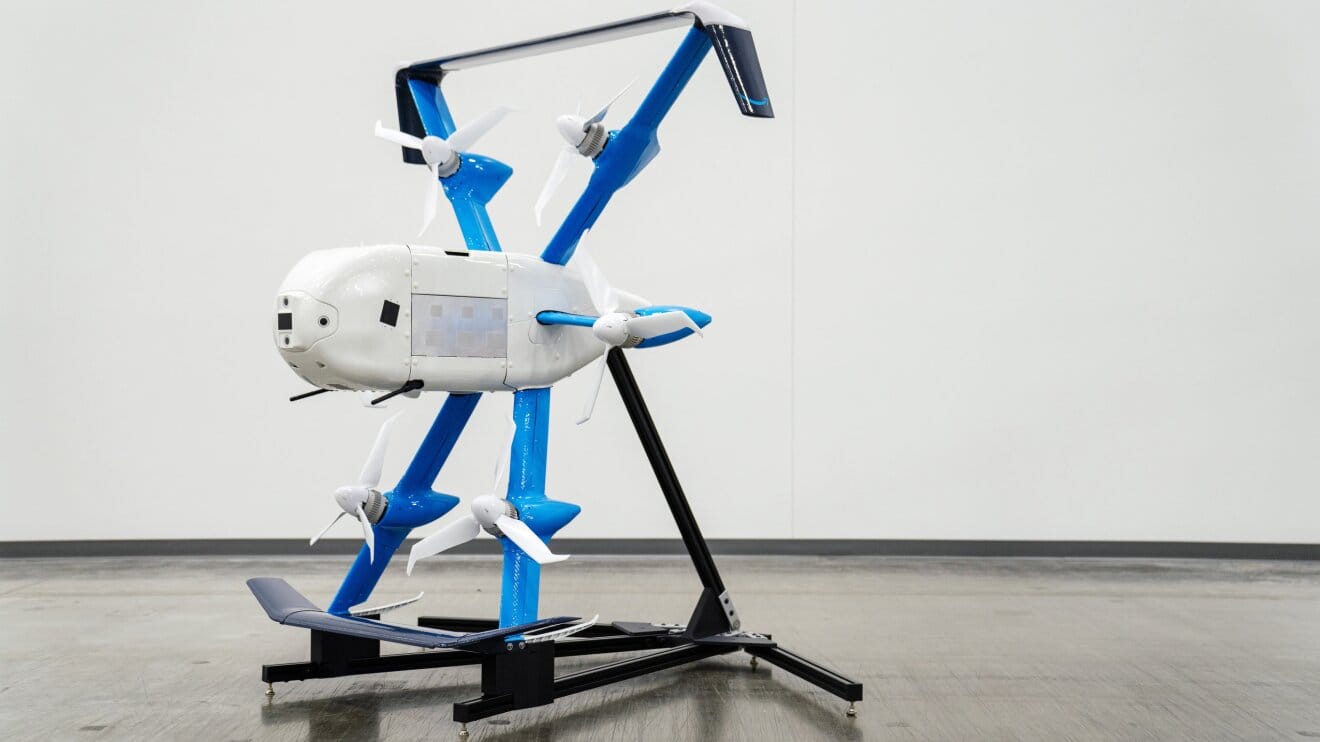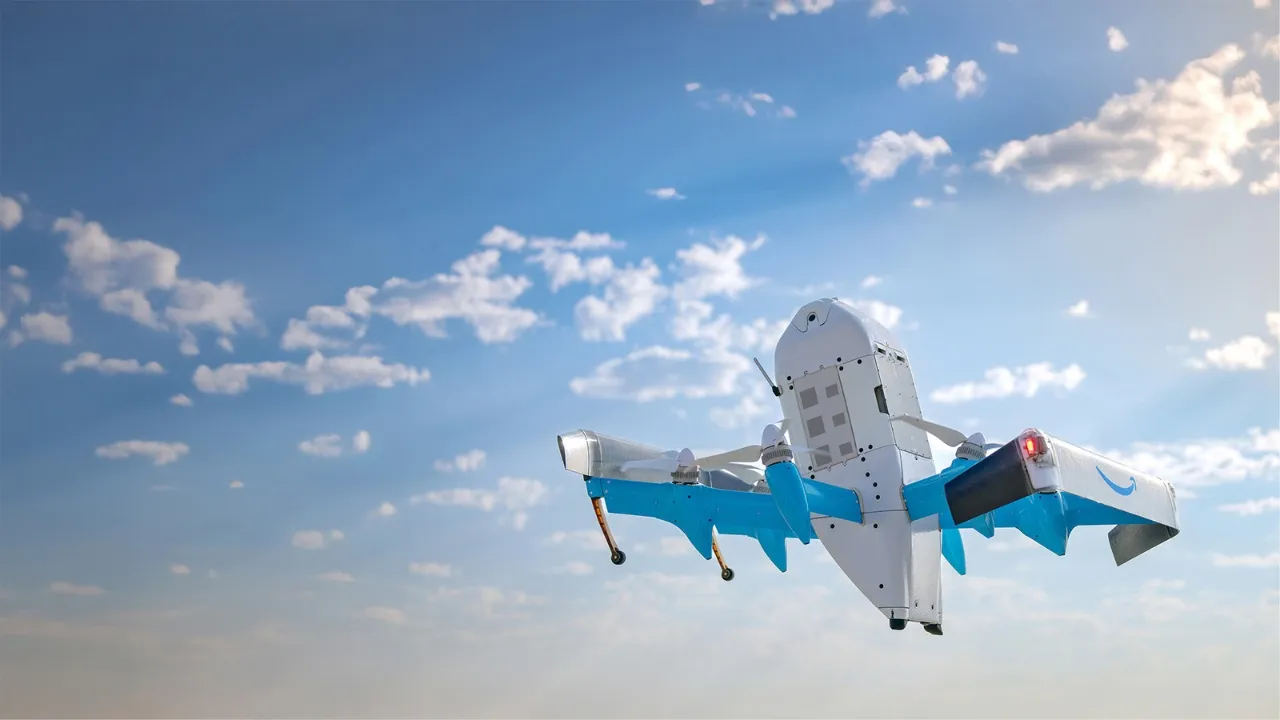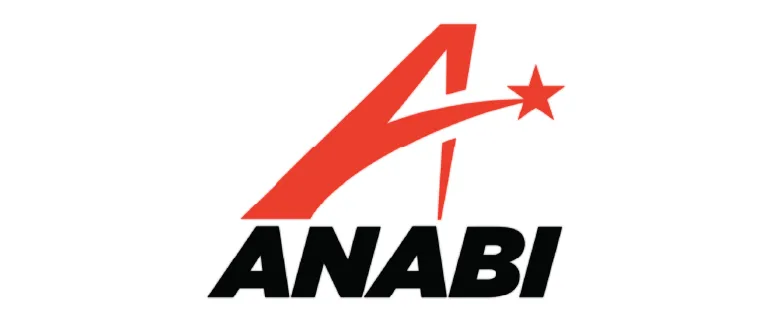Over a decade after Jeff Bezos first envisioned drone deliveries as part of Amazon's future, the company continues to refine its strategy. Amazon's Prime Air division recently applied to the Federal Communications Commission (FCC) seeking two-year access to a radar frequency band currently unused by drone operators.
The application, filed just before the new year, aims to test radar systems in the 9.3-9.5 GHz band to enhance air traffic monitoring around Amazon facilities and drone operating areas. According to the filing, the tests will aid Prime Air in developing an air traffic control system to ensure safe drone operations near company perimeters.
Federal agencies like the US Coast Guard and NASA currently utilize the radar frequency band for purposes ranging from weather tracking to avian detection. Amazon spokesperson Av Zammit told Fortune that this effort is part of the company's broader research and development into ground-controlled air traffic systems.

The testing will take place at two locations: a site in Seattle, Washington, where drones are flown within enclosed spaces, and an open-air facility in Pendleton, Oregon. Zammit clarified that these sites are not slated for customer drone deliveries but are instead dedicated to advancing drone and radar technologies.
This application follows Amazon's previous request to the FCC to use the 60 GHz wireless band for drone collision-detection systems. After successful trials, the FCC made that frequency available to the broader drone industry.
Amazon launched same-day drone delivery in the US in 2022, starting in College Station, Texas, and later expanding to Phoenix, Arizona, in 2024. Currently, eligible customers in these areas can receive packages weighing five pounds or less by drone. Walmart has also entered the space, offering drone deliveries in select markets such as Dallas-Fort Worth through partnerships with Wing, Zipline, and DroneUp.










